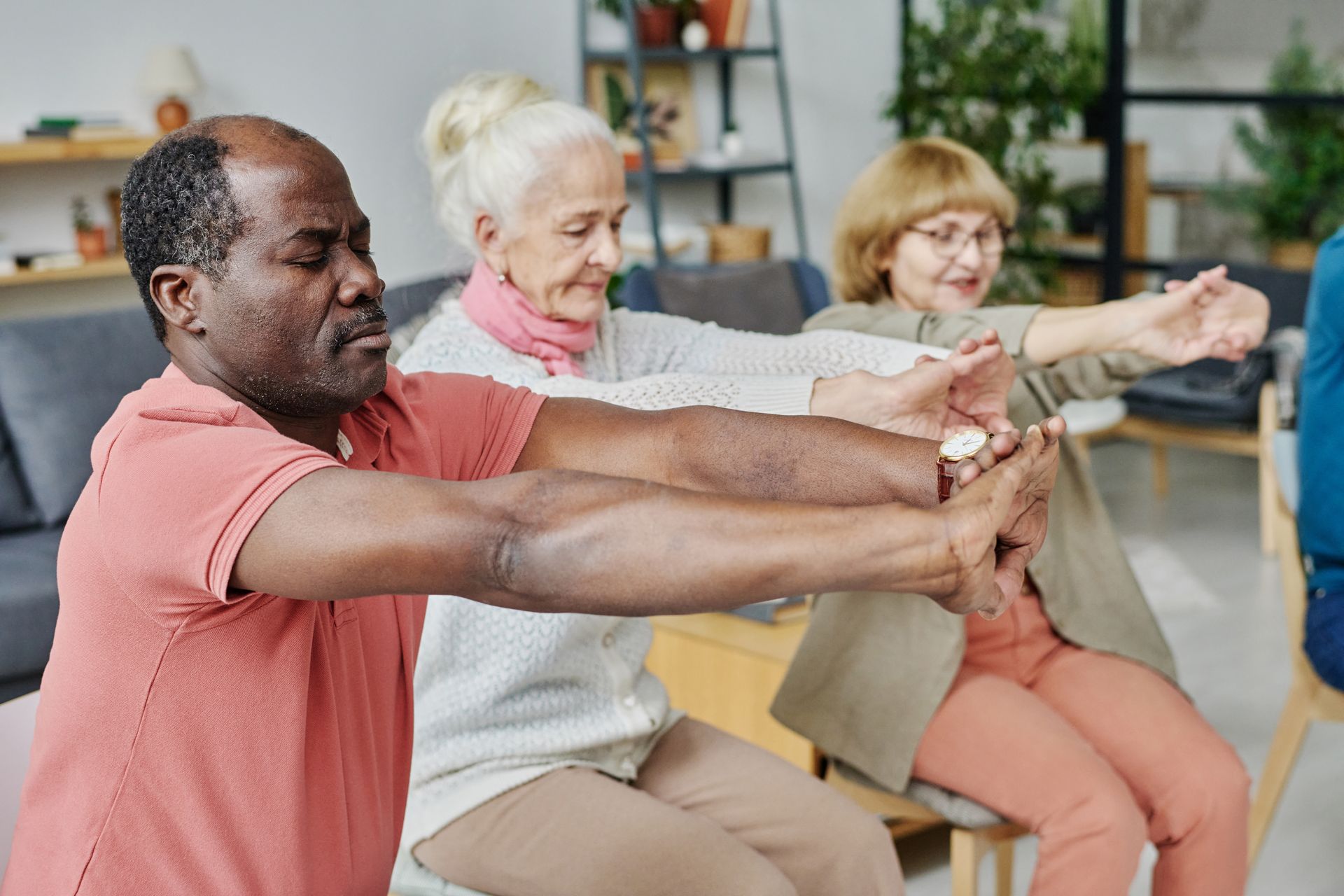Our Location
Elige tu idioma:
Treatment Options for Broken Tailbones in Older Adults

A coccyx fracture, also known as a broken tailbone, can inflict severe pain and impairment, especially in the elderly. Understanding the symptoms, distinguishing between a broken tailbone and a bruised one, and knowing the available treatment options are crucial for a swift recovery. If you’re looking for facts about coccyx fractures, symptoms, and therapy options, we’ve got you covered.
Among those aged 60 years or older,
low back pain (LBP) is a widespread health concern. While most cases in this age group are non-specific and tend to resolve independently, seniors are susceptible to experiencing specific LBP conditions and persistent discomfort due to age-related physical and
psychosocial shifts.
LBP is the
primary health issue that leads to pain and disability in older adults. Additionally, people
65 years and above constitute the second-highest age group seeking medical attention for LBP.
Symptoms of Tailbone Fracture
A broken tailbone, or coccyx fracture, often presents with distinctive symptoms. These include:
- Localized Pain
The most common and prominent symptom is intense pain around the tailbone area. This pain may increase when sitting or standing.
2. Bruising
Bruising around the tailbone region is another indicator of a potential fracture. However, it’s essential to distinguish this from a simple bruised tailbone.
Broken Tailbone vs. Bruised Tailbone
Distinguishing between a broken tailbone and a bruised one is necessary, as the treatment approaches vary significantly. Here’s how to tell them apart:
- A Broken Tailbone
A fracture in the coccyx bone typically accompanies intense, localized pain and possible bruising. Doctors often need X-rays to make a definitive diagnosis.
- A Bruised Tailbone
Some symptoms of a bruised tailbone include pain and tenderness in the tailbone region but without a fracture. It usually occurs due to a fall or direct impact and does not require X-rays for diagnosis.
Fractured Tailbone Diagnosis
To confirm a broken coccyx, medical professionals typically use X-rays. This diagnostic tool helps assess the fracture’s severity and precise location, enabling a more tailored approach to treatment.
Therapy For a Broken Tailbone
Recovery from a broken tailbone can be challenging, especially for older adults. However, several therapy options can help alleviate pain and facilitate healing:
A. Pain Management
Non-prescription pain relievers like ibuprofen can effectively alleviate the pain linked with a fractured tailbone. Make sure to get advice from a healthcare professional before taking any medication.
B. Physical Therapy
Physical therapy benefits older adults with coccyx fractures. A physical therapist may suggest specific exercises and stretches to enhance mobility and alleviate discomfort.
C. Donut Cushions
Using a donut cushion when sitting can help relieve pressure on the tailbone and reduce discomfort.
D. Heat and Ice
Alternating between heat and ice packs can provide relief. Apply a cold pack to the area for the first 48 hours, followed by warm compresses to relax muscles and promote blood flow.
E. Rest and Limit Activity
Adequate rest is crucial for healing. Avoid activities that exacerbate the pain or put a strain on the tailbone.
Coccyx Fracture Management
Proper management of a coccyx fracture is vital for successful recovery, particularly in older adults. Here are some additional considerations:
a. Fall Prevention
Taking measures to prevent falls is essential for older adults. This includes keeping walkways clear, using handrails, and wearing appropriate footwear.
Read More: Prevention of Falls and Injuries in Older Adults
b. Nutrition
Adhering to a well-balanced diet that is abundant in calcium and vitamin D supports bone health and facilitates healing.
c. Home Modifications
Make necessary adjustments at home to accommodate reduced mobility. Consider installing handrails in the bathroom and using a raised toilet seat to minimize strain.
d. Regular Follow-Ups
Maintain consistent follow-up appointments with your healthcare provider. This is essential for tracking your healing progress and making any needed adjustments to your treatment plan.
Tailbone Injury Recovery Time
Recovery from a fractured tailbone varies from individual to individual and hinges on the extent of the fracture. Older adults may take longer to heal due to age-related factors. While some may recover in a few weeks, others might require several months. Always follow the recommended treatment plan and consult with a healthcare provider for regular updates on the healing process.
Empowering Older Adults: Navigating Broken Tailbone Recovery With Confidence
A broken tailbone can be a painful experience for older adults. Recognizing the symptoms, distinguishing between a broken and bruised tailbone, and seeking appropriate therapy are crucial steps toward recovery. With proper care, including pain management, physical therapy, and lifestyle modifications, older adults can improve their quality of life while healing from this injury. Remember that individual recovery times vary, so it’s essential to consult a healthcare provider for personalized guidance throughout the recovery process.
For personalized tailbone fracture management plans and expert guidance, trust the experienced healthcare professionals at Ocana Medical. We offer various services, from tailored therapies to natural remedies, to enhance your recovery journey.
Contact us now at (813) 968-8314 or click the “Book an Appointment” button to schedule your appointment. Explore our comprehensive services and learn how we can help alleviate your tailbone injury symptoms on our website.
Ocana Medical, located in Tampa, FL, aims to bring you as much information as possible to keep you healthy. We're in this together. #ocanacares
“Respect. Compassion. Quality. Integrity. These are the values on which Ocana Medical Center was built. Our aim isn’t just to treat you today. We hope to earn your trust and be your healthcare provider for life.”
©2023 Ocana Medical Group, Inc.
USEFUL LINKS
GET IN TOUCH
Call Us Today
Send us Email
Our Location
Ocana Medical Center | All Rights Reserved.












